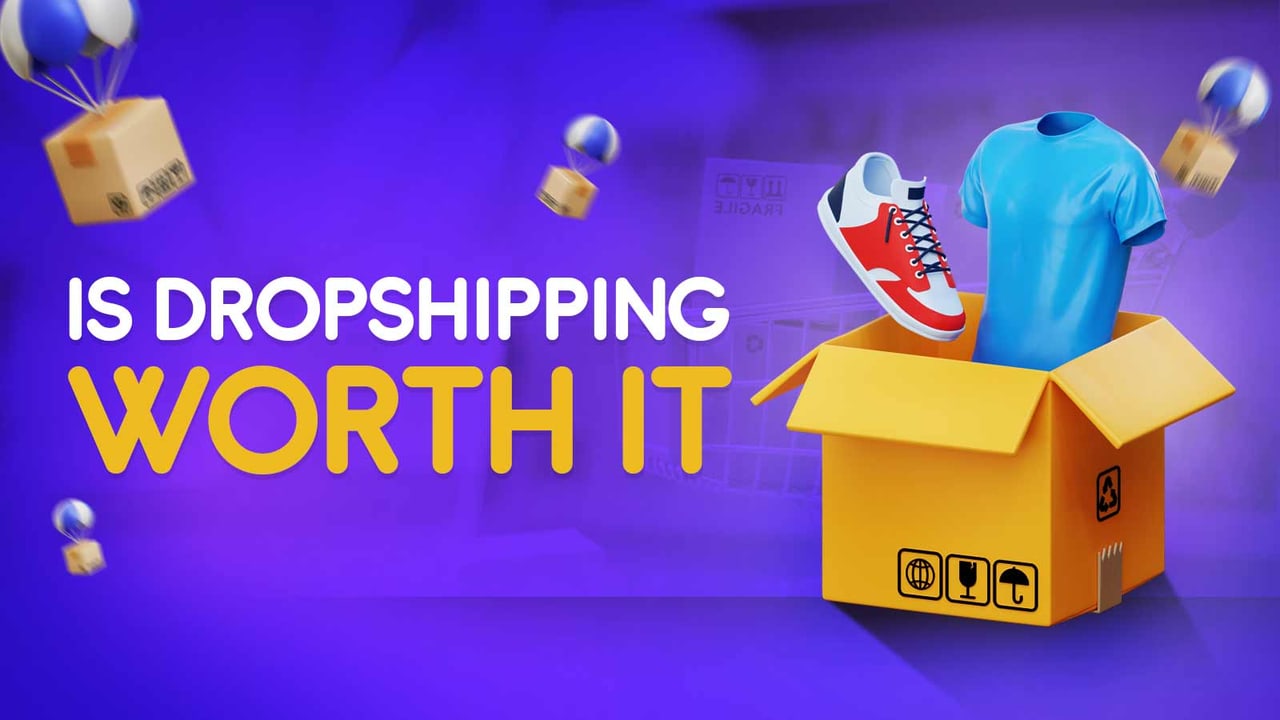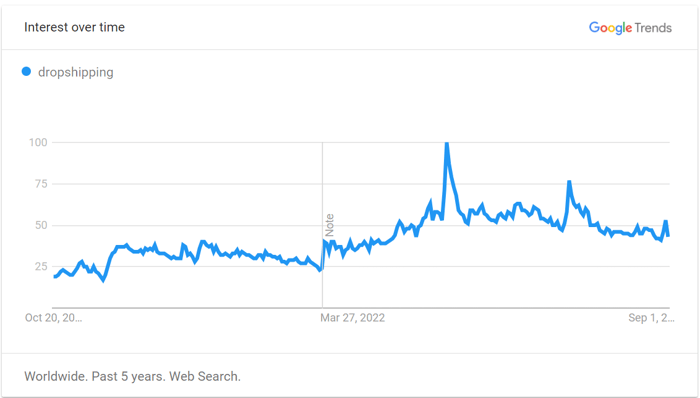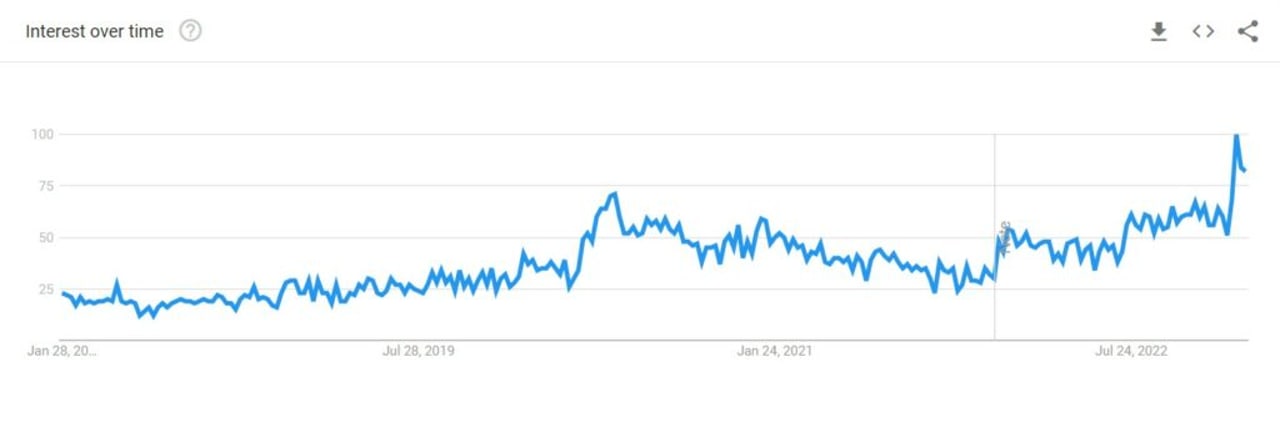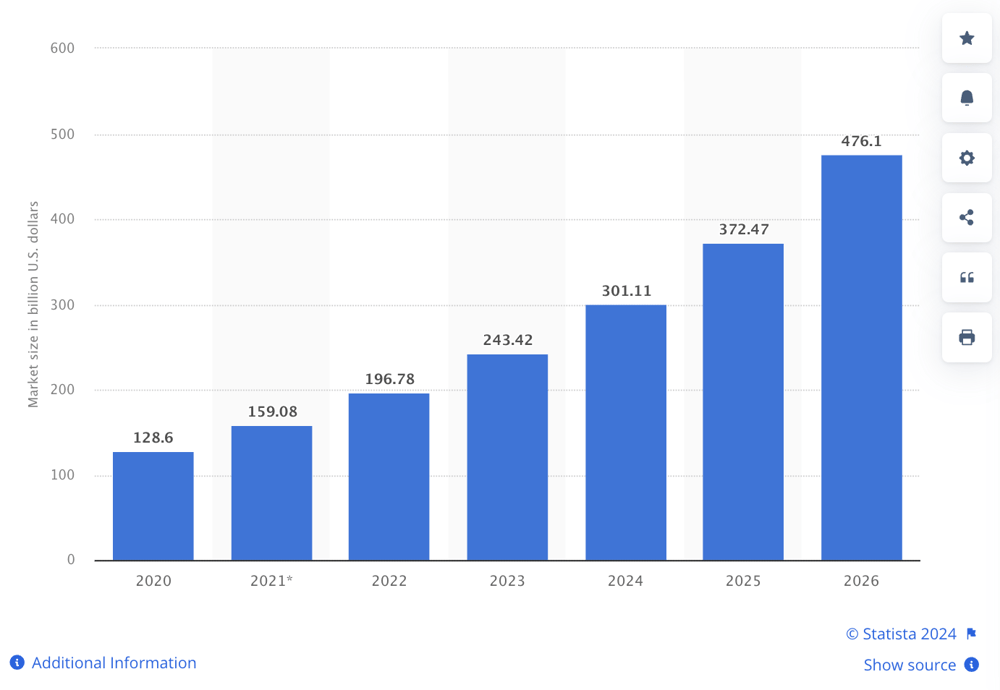Wondering if the dropshipping model is still alive or just hype in 2025? Short answer: Yes, it’s still profitable—but only if you play it smart.
Let’s break it all down: what’s changed, what still works, and how you can actually win.

What is Dropshipping?
So, what exactly is dropshipping? It’s a retail fulfillment method where you, as an eCommerce business owner, sell products without ever having to stock them yourself. When a customer places an order, you simply purchase the item from a third-party supplier—like ZOPI – who then handles the delivery. This means you don’t have to worry about storing inventory, which cuts down on overhead costs and simplifies logistics. You can offer a wide range of products without the financial risk of holding physihttps://zopi.io?utm_source=zopi.io&utm_medium=helpcenter&utm_campaign=dropshipping-profitable-blogcal stock.
>> Learn more about What Is Dropshipping and How Does It Work?
Is Dropshipping Still Alive?
Let’s talk trends! Google Trends shows that interest in dropshipping has been on the rise over the past five years. Sure, there have been some ups and downs, but the overall trend is still growing. And if you’re wondering about AliExpress dropshipping, it’s not dead either!

Searches for “AliExpress dropshipping” have also increased significantly, mainly because it’s a go-to platform for many dropshippers thanks to its vast product selection and affordable prices.

Benefits of Dropshipping
The dropshipping model comes with some serious perks. First off, starting a dropshipping business is way less risky and doesn’t require the hefty investment that traditional retail does. You can launch your business in a day and pivot quickly to capitalize on new trends. Plus, it helps you avoid the growing pains that often come with scaling a business.
Low Startup Costs
Getting your dropshipping business off the ground doesn’t break the bank. Unlike traditional retail, you won’t need to spend a fortune on inventory or a physical storefront. To start, you’ll just need to invest in sample products to vet suppliers, a web platform to sell your products, some tools to integrate with your suppliers, and a bit of advertising. Realistically, you can kick things off with a budget of just $100 to $200.
Low Risk
One of the best things about dropshipping is that it eliminates the risks tied to purchasing and storing inventory. In traditional retail, businesses can lose money on storage and unsold inventory. But with dropshipping, you only spend money when you make a sale. Just keep in mind that low risk doesn’t mean guaranteed success—about 90% of dropshipping businesses fail within the first 90 days, according to a report by AppScenic.
Fast, Flexible, and Scalable
Starting your dropshipping business is quick and easy. Once you’ve set up your shop and integrated with your supplier, you can start making money right away. Plus, it’s super easy to pivot your business as trends change. The low costs of samples and the lack of unsold inventory mean you can test products and gather feedback without a hitch.
Dropshipping businesses also scale nicely. Your costs are a fixed percentage of each sale, so as your sales grow, you don’t have to worry about increasing your costs like you would in a traditional retail setup. In fact, as your business expands, you can negotiate better rates and access to more inventory, which can further boost your margins.
Why is Dropshipping Still Popular in 2024?
The global dropshipping market is booming, valued at $351.8 billion in 2024—a 23.6% increase from the previous year! Experts predict a 24.39% average annual growth rate from 2020 to 2026, with the industry expected to surpass $500 billion. As more consumers turn to the convenience of online shopping, dropshipping is becoming increasingly popular. Entrepreneurs can seize this online-first trend and launch their businesses without ever touching the products they sell.

However, it’s worth noting that the influx of online creators promoting “get rich quick” schemes has made dropshipping more popular. Just remember, like any business model, dropshipping isn’t a ticket to overnight success.
Is Dropshipping Still Profitable?
Absolutely! In 2024, dropshipping is not just profitable; it’s thriving! As more people move away from platforms like AliExpress, dropshipping is becoming an even better option for those looking to enter the eCommerce space. In fact, eCommerce and dropshipping profits have soared to over $301 billion, with small retailers seeing nearly a 30% increase in conversion rates through smartphones.
Let’s break it down: if you want to earn $100,000 a year from your dropshipping store, how many products do you need to sell?
AliExpress Dropshipping: Approximate Earnings
Let’s say you find a product on AliExpress that costs $15. After factoring in shipping and advertising, you sell it for $30, making a profit of $10 per product. To hit that $100,000 annual goal, you’d need to sell about 1,000 products in a month. Here’s the math:
- $10 profit x 1,000 orders = $10,000 per month
- $10,000 per month x 12 = $120,000 per year
Of course, this is just an example, and your actual profits and expenses will vary based on your investments. But it shows that if done right, AliExpress dropshipping can be a very profitable business! Feel free to adjust any part of this content to better fit your style or specific focus! If you need further modifications or additional content, just let me know!
👉 Want to make your first product test 10x easier?
Try Zopi – your all-in-one dropshipping toolkit to research, launch, and scale fast.

